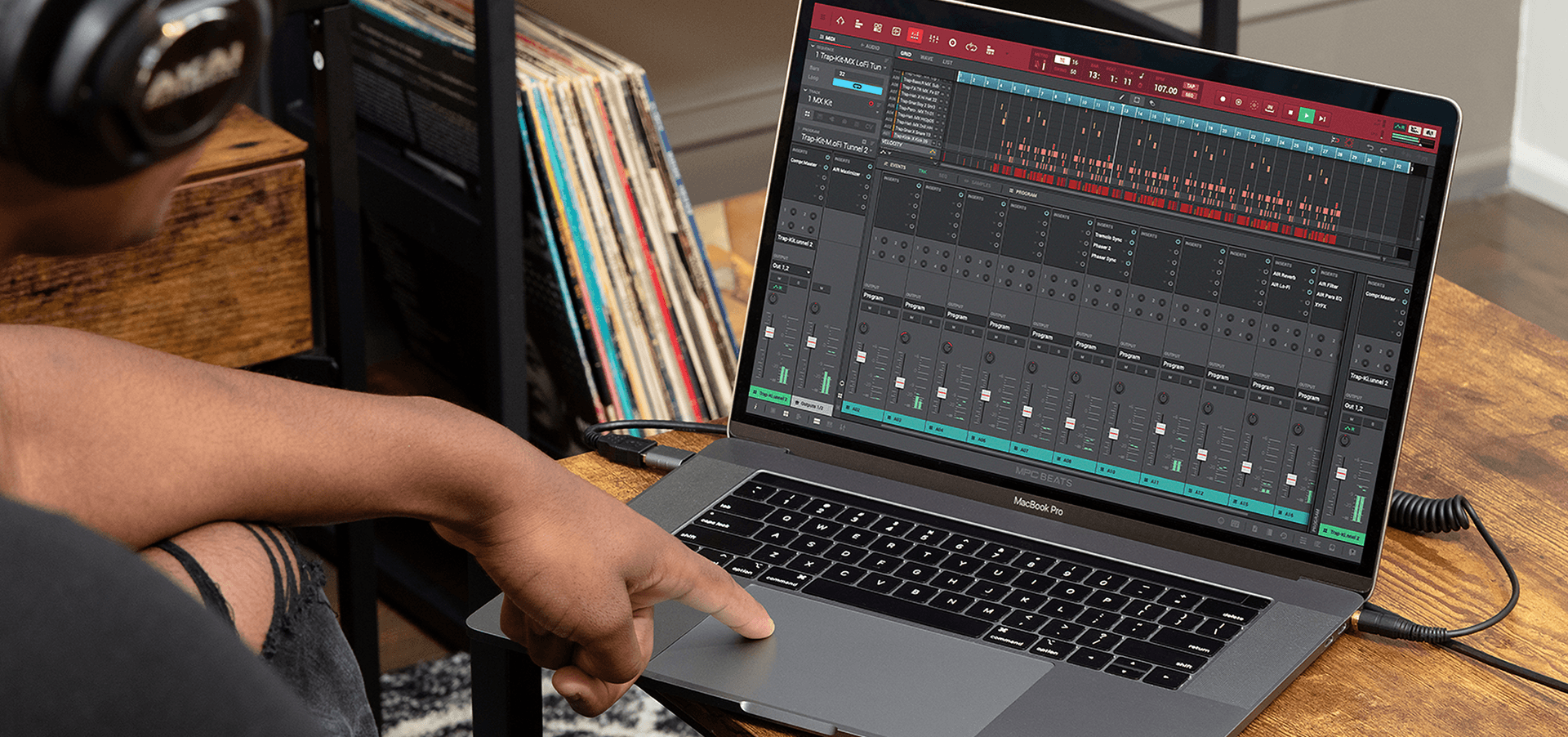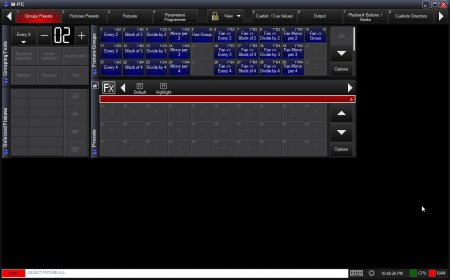


Third, returns are positively correlated with wealth: moving from the 10th to the 90th percentile of the net worth distribution increases the return by 18 percentage points (and 10 percentage points if looking at net-of-tax returns). Second, heterogeneity in returns does not arise merely from differences in the allocation of wealth between safe and risky assets: returns are heterogeneous even within narrow asset classes.

First, individuals earn markedly different average returns on their net worth (a standard deviation of 22.1%) and on its components.

We provide a systematic analysis of the properties of individual returns to wealth using twelve years of population data from Norway’s administrative tax records. While conventional models will struggle to account for such high MPC levels, we show that a two-asset life-cycle model with a realistic earnings profile and a luxury bequest motive can account for both the time profile of consumption responses and their systematic co-variation with observables.įagereng, Andreas Guiso, Luigi, Malacrino, Davide & Pistaferri, Luigi (2020) Heterogeneity and Persistence in Returns to WealthĮconometrica, 88(1), s. The corresponding estimate for high-liquidity winners of large prizes (USD 8,300-150,000) is slightly below one half. Low-liquidity winners of the smallest prizes (around USD 1,500) are estimated to spend all within the year of winning. Controlling for all items on households’ balance sheets and characteristics such as education and income, it is the amount won, age, and liquid assets that vary systematically with MPCs. We find that spending peaks in the year of winning and gradually reverts to normal within five years. We use sizable lottery prizes in Norwegian administrative panel data to explore how transitory income shocks are spent and saved over time, and how households’ marginal propensities to consume (MPCs) vary with household characteristics and shock size. Doi: 10.1257/mac.20190211 - Full text in research archive Show summary Fagereng, Andreas Holm, Martin Blomhoff & Natvik, Gisle James (2021) MPC Heterogeneity and Household Balance SheetsĪmerican Economic Journal: Macroeconomics, 13(4), s.


 0 kommentar(er)
0 kommentar(er)
